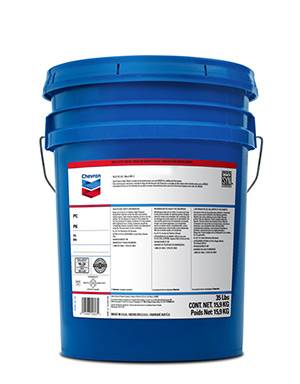marras . 12, 2024 12:45 Back to list
pvc pipe coupling
Understanding PVC Pipe Couplings Importance, Types, and Applications
Polyvinyl chloride (PVC) has become one of the most popular materials for plumbing and industrial applications. Its versatility, durability, and resistance to corrosion make it an ideal choice for various piping needs. Among the essential components in PVC piping systems are couplings, which play a crucial role in connecting lengths of pipe, adapting different pipe sizes, and ensuring a leak-proof seal.
What is a PVC Pipe Coupling?
A PVC pipe coupling is a fitting that connects two pieces of PVC pipe. They come in various sizes and shapes, allowing for flexibility in design and installation. Couplings are typically used to join straight sections of pipe or to make turns and offsets in a piping system. They can also be instrumental when repairing pipes or extending existing runs.
Importance of PVC Pipe Couplings
The importance of PVC pipe couplings cannot be overstated. They provide seamless transitions between pipes, maintaining the integrity of the plumbing system. Properly installed couplings prevent leaks that can lead to water damage and costly repairs. Additionally, using PVC couplings allows for easy assembly and disassembly, which is beneficial for maintenance or upgrades in the future.
Moreover, PVC couplings are resistant to a wide range of chemicals, making them suitable for various applications, including residential plumbing, agricultural systems, and industrial settings. Their durability ensures that the connections remain intact even under pressure, further extending the lifespan of the plumbing system.
Types of PVC Pipe Couplings
There are several types of PVC pipe couplings available, each designed for specific applications
1. Straight Couplings The most common type, straight couplings are used to connect two lengths of pipe of the same diameter. They are straightforward to install and are ideal for extending pipe runs.
pvc pipe coupling

2. Reducing Couplings These are used when connecting pipes of different diameters. Reducing couplings allow for smooth transitions, helping to manage fluid flow efficiently.
3. Elbow Couplings Elbow couplings come with a bend, allowing for changes in direction within the piping system. They are available in various angles, such as 45 or 90 degrees, to accommodate different layout needs.
4. Tee Couplings Tee couplings enable the branching of a pipeline. They have three openings – one for the main line and two for the branches.
5. Cap Couplings Used to close off the end of a pipe, cap couplings are crucial in maintenance or when a section of the pipe is not in use.
Applications of PVC Pipe Couplings
PVC pipe couplings are widely used across various sectors. In residential plumbing, they are employed in systems for water supply, waste disposal, and irrigation. In industrial applications, they can be found in chemical processing, manufacturing plants, and waste management facilities, where their resistance to chemicals and pressure is critical.
Agriculture also benefits from PVC couplings for irrigation systems. The lightweight nature of PVC, combined with the strength of couplings, allows for easy installation and maintenance in remote settings.
Conclusion
PVC pipe couplings are essential components in piping systems, ensuring secure connections and enhancing the overall functionality of plumbing applications. Their various types and adaptability make them a critical part of construction and maintenance. Whether for residential, industrial, or agricultural use, PVC couplings offer reliability and efficiency, further solidifying the role of PVC as a leading material in modern piping solutions. By understanding their importance and applications, professionals and DIY enthusiasts alike can make informed choices in their plumbing projects.
-
Durable PP Rigid Sheet: Lightweight, Chemical Resistant Solutions
NewsAug.21,2025
-
PVC Grey Sheet for Extraction: Chemical Resistant & Durable
NewsAug.19,2025
-
Durable PVC Pipe Fittings for Plumbing & Irrigation Needs
NewsAug.18,2025
-
HDPE Steel Belt Reinforced Spiral Corrugated Pipe | High Strength
NewsAug.17,2025
-
HDPE Pipe Fittings: Durable, Leak-Proof Solutions
NewsAug.16,2025
-
Premium CPVC Sheet: High-Temp & Chemical Resistant Solutions
NewsAug.15,2025

